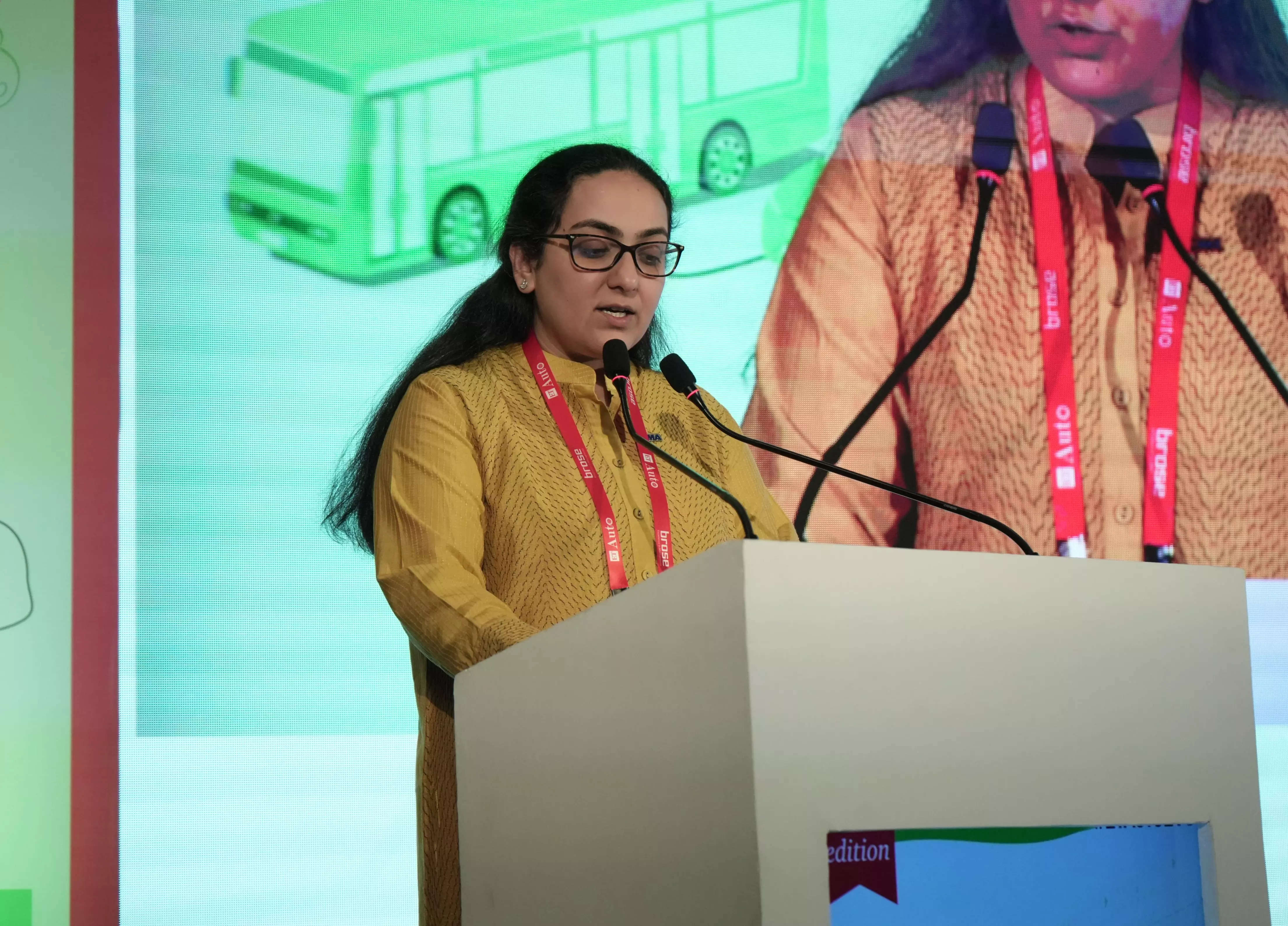
New Delhi: With the electric vehicle (EV) megatrend taking up the charge in several segments of the automotive industry, the components sector has increased the supply to EV OEMs from 1% to 3%, according to the industry body Automotive Components Manufacturers Association (ACMA).
However, building a resilient supply chain for EVs demands strategic foresight, collaborative efforts, and an unwavering commitment to innovation, it said.
“A resilient supply chain for EVs requires a holistic understanding of the intricacies involved. The surging demand for batteries underscores the urgency of investing in technologies and software and scalable production capacities. Simultaneously, the need for an efficient charging infrastructure and a skilled workforce pose additional layers of complexity,” Shradha Suri Marwah, President, ACMA, and MD, Subros, said at the 8th edition of the ETAuto EV Conclave on Thursday.
She stated that it is imperative to recognize the interconnectedness of these challenges and the cascading impact they can have on the entire supply chain ecosystem.
As the energy storage is expected to play a crucial role in the overall energy ecosystem, the government recently selected three players under the advanced chemistry cell (ACC) battery production linked incentive (PLI) scheme, with a production capacity of 50 Giga Watt Hour (GWh). The scheme was approved by the central government in May 2021.
ETAuto reported in October that Union Minister of Power, New & Renewable Energy said the government is considering to introduce another production-linked incentive (PLI) scheme for batteries. When applicable, this would be in addition to the existing PLI scheme for manufacturing ACC batteries.
Leading OEMs, component manufacturers, and other non-traditional automotive players are also actively participating in the indigenization of battery manufacturing.
At the ETAuto EV Conclave, Suri also touched upon the growing demand for EVs in the country despite reduction in FAME subsidy. “The industry has not seen any slowdown in the sales of E-2Ws, and it is likely to close this fiscal year with around 800,000 E-2Ws and double the number of E-PVs to around 100,000. E-commerce companies continue to push the sales of E-3Ws, while government tenders are ensuring rapid rise in the sales of e-buses.”
Last year the industry sold over 700,000 E-2Ws, close to 50,000 E-PVs, over 400,000 E-3Ws and around 1,500 e-buses.
In the backdrop of the growing auto sales, Suri assured that the components industry continues to be robust. In FY23, the sector recorded a turnover of INR 5.60 lakh crore (USD 69 billion), marking a growth of 33% over previous year. Sales to OEMs in the domestic market grew 40%, reaching around INR 4.76 lakh crore (USD 60 billion). Exports stood at about INR 1.61 lakh crore (USD 20.1 billion), imports were at INR 1.63 lakh crore (USD 20.3 billion), resulting in a trade deficit, primarily attributed to the sudden surge in the domestic market.
“The Compound Annual Growth Rate (CAGR) of exports over the past five years at 7.2% positions us on a trajectory to achieve our goal of becoming net forex positive in trade,” she said.
While EVs are on the rise, Suri noted that the market offers opportunities for multiple powertrain technologies to co-exist in the short to medium term. This advancement is being facilitated by government regulations and the national goal of carbon neutrality by 2070.
Need for skill sets and collaboration
Comprehensive training programs are essential to equip the industry workforce to handle the intricacies of manufacturing and maintaining EVs. Apart from this, the automotive industry’s inherent global nature necessitates collaboration with international partners.
“Joint ventures and collaborations play a pivotal role in sharing knowledge, best practices, and technological advancements. Such collaborations expedite our efforts to build a resilient and globally competitive supply chain while positioning us as active contributors to the global EV ecosystem,” Suri said.
Further, she stressed on the integration of advanced technologies including digital platforms, Internet of Things (IoT), AI, and data analytics to offer solutions that not only optimize inventory management and reduce lead times in the supply chain but also pave the way for enhanced overall efficiency. “It transforms the supply chain, making it not only resilient but anticipatory.”
Local sourcing of components
Several Tier-1 suppliers are participating in or preparing for the EV supply chain. The increasing emphasis on local sourcing of components is believed to strategically mitigate dependency on international suppliers.
Suri is optimistic that the policies that encourage localisation, foster innovation, and advocate for sustainable practices aren’t just beneficial, but imperative.
“The schemes such as PLI, FAME-II, and the PMP (Production Linked Incentive) are steps in the right direction. The government’s role in making EVs affordable through benign schemes is crucial, as the global EV industry often relies on subsidies until a critical mass is achieved for self-sustainability.”
Talking about embracing eco-friendly practices and sustainability, she said that while SEBI mandates listed companies to report their ESG initiatives, the support and encouragement from the government will be critical in driving the components industry towards this larger goal.

















